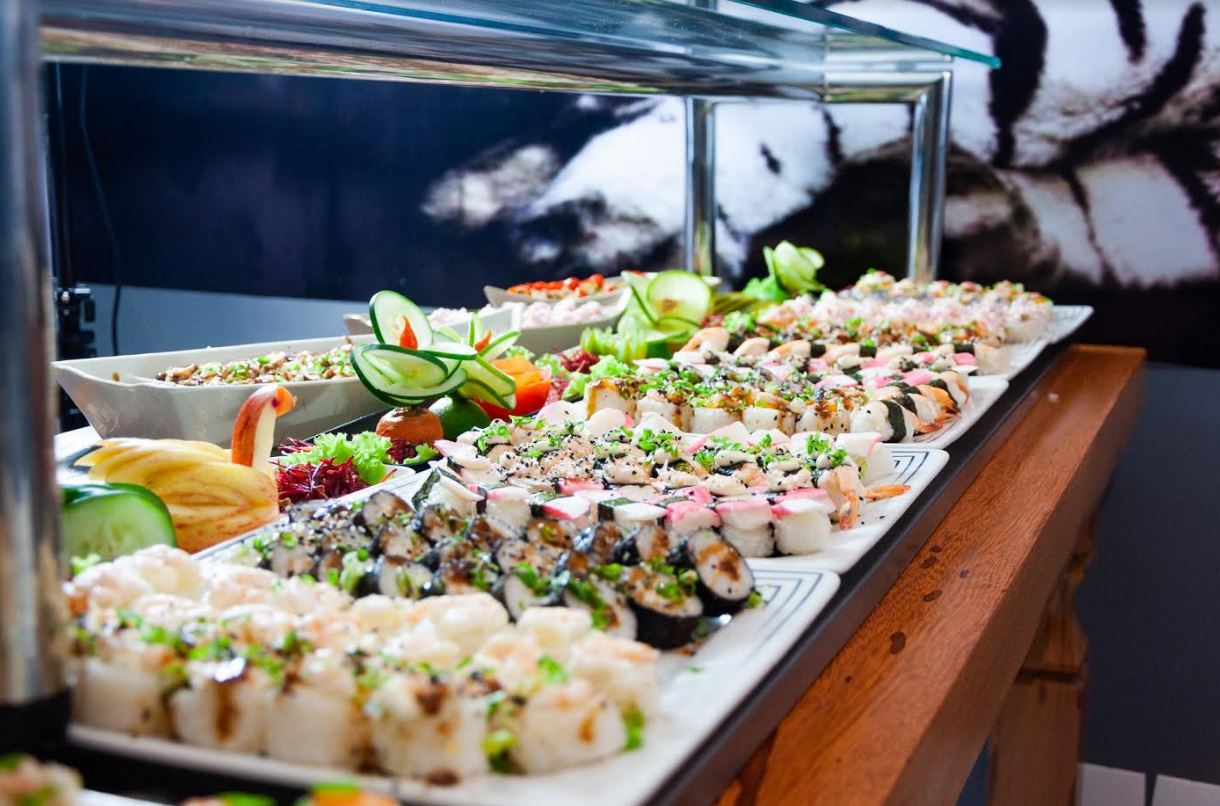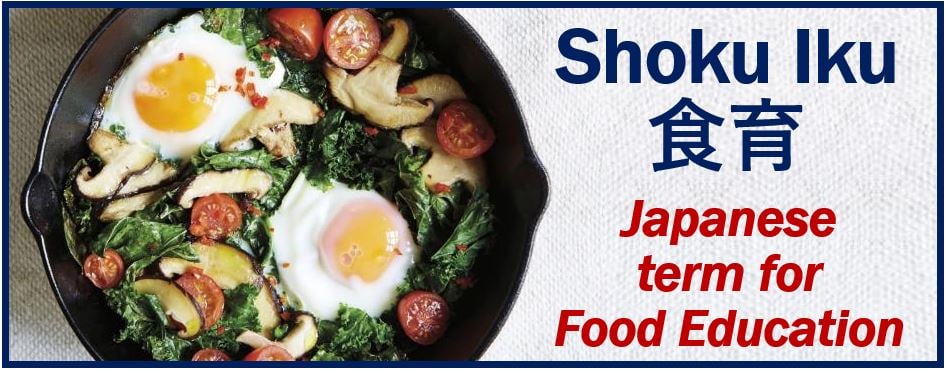Do you like trying different diet plans to see which one is the best one to keep practicing for the long term? Why not look at which diet plans are popular in different countries? Japan has a popular diet plan that they think can help people live longer with a few changes to their diet. This is the shoku iku diet plan. What you put into your body often determines how healthy and happy you are.

What Does Shoku Iku Mean?
People ask what is shoku iku? This is a way food is prepared and how meals are combined. This builds on the Japanese belief that one should balance what they eat by combining large and small meals where the foods work together to satisfy a person’s hunger while providing good nutrition. Smaller meals containing an abundance of vegetables and not much-refined sugar help people get the nutrition they need and feel full without so many calories.
Another meaning is food education or the acquisition of information about nutrition and food and people’s choice to live on a healthy diet. The Japanese government is attempting to help its citizens have a healthier way of eating than Western fast food. This trend started in 2005 with a government Basic Law of Shoku iku and expanded in 2008 with a School Health Law to teach shoku iku in public schools. They also teach the basics of nutrition, where foods come from, and different processes of making food. This diet is a Japanese idea about how to eat in a healthy way.

The shoku iku diet focuses on mostly vegetables with small amounts of meat cooked in healthy but tasty ways. The diet calls for increasing healthy foods and eliminating foods that are not healthy. Since the meals are meant to balance each other, it will be necessary to plan up to a week’s meals at one time, then go shopping for all of the ingredients.
Benefits Gained From the Shoku Iku Diet
This diet is more like an ongoing way to eat a more healthy diet and has several benefits.
- The Japanese have longer life expectancies than anywhere else in the world including the U.S.A. They have the most people over 100 years old also.
- Then, it follows that following this diet or eating plan lowers the premature death rate by 15%.
- The diet’s low-processed foods and whole foods are better for heart health. The eating plan’s low sugar and fat content has even more health benefits.
- This diet plan has been shown to lower the risk of age-related diseases such as Alzheimer’s, cancer, diabetes, and more.
- Though it is not the main purpose, this diet also helps people lose excess weight as well as being healthier.
Foods for This Eating Plan or Diet
Nutritious foods are made into meals that are part of a larger plan. You make a week’s meals that all work together for total nutrition. You don’y count calories or carbs. You pair meals that are made at the same time, some for now, some for later eating. People are encouraged to eat foods from the five food groups and use five colors of food and five different tastes. Foods used should balance out salty, bitter, set, sour, and umami.
Meal plan foods
- Steamed rice, brown rice
- Soba
- Ramen
- Seaweed
- Udon noodles
- Tofu
- Vegetables
- Poultry
- Shellfish
- Eggs
- Edamame
- Green tea
- Miso soup
There are several good cookbooks to use as guides for shoku iku meal planning and cooking. Getting started with a little guidance is the best way to change eating habits and get the most benefit from this eating plan.
4 Steps or Principles of Shoku Iku
This diet or eating plan does not depend on weighing food or counting calories. It is a more nature-based way to plan meals and eat. It involves 4 main steps:
- Don’t bother with calorie counting, focus instead on your stomach. Don’t eat until you are full. Stop when you are 80% full. It takes a while for your system to register being full so leave some room.
- Try to concentrate on buying and preparing only whole foods. Whole foods are not overly processed and are easier to digest. They are also more nutritious. Whole foods help build and heal our bodies and make it easier to tell when we are full and to stop eating.
- Pleasurable eating depends on pleasing all the senses with a variety of textures, smells, tastes, and colors. Foods should be prepared in different ways for variety such as stewing, steaming, grilling, and frying. The goal is to serve a range of vegetables, proteins, and carbohydrates to get complete nutrition without getting bored with the foods.
- Sharing food with the family or friends adds to the pleasure of eating healthy. This way food can be healthy and also satisfy a person’s need for social connection and spiritual well-being. A slow sit down meal with friends or family is much more satisfying than a fast food meal grabbed and eaten alone.
The whole eating plan of shoku iku is based on the belief that human beings are social entities and eating should be a shared experience with others as well as being nutritious and good tasting. It is about when we eat, what we eat, and where and who we eat with.
Learning about healthy eating and nutrition
Learning about nutrition and healthy eating is part of this Japenese shoku iku eating plan. They believe healthy eating should not be making us like robots eating a carefully calculated food plan with calorie counting and food weighing cutting into the pure enjoyment of good, nutritious food. People can learn the principles of this eating philosophy and then apply parts of it to their American diet. Add more vegetables and rice. Cut out over processed foods and foods filled with salt, fat, and sugar.
Prepare food in healthier ways using less cooking oil and sauces. Steamed and stir-fried foods are tasty and attractive. Stir-frying gives us the advantage of mixing a lot of ingredients in one pan at just the right times so everything cooks together and at their best. Add brown rice as a side dish and you are good to go. Experiment with new Japanese ingredients such as seaweed and tofu.
Interesting related article: “What is Health?“

